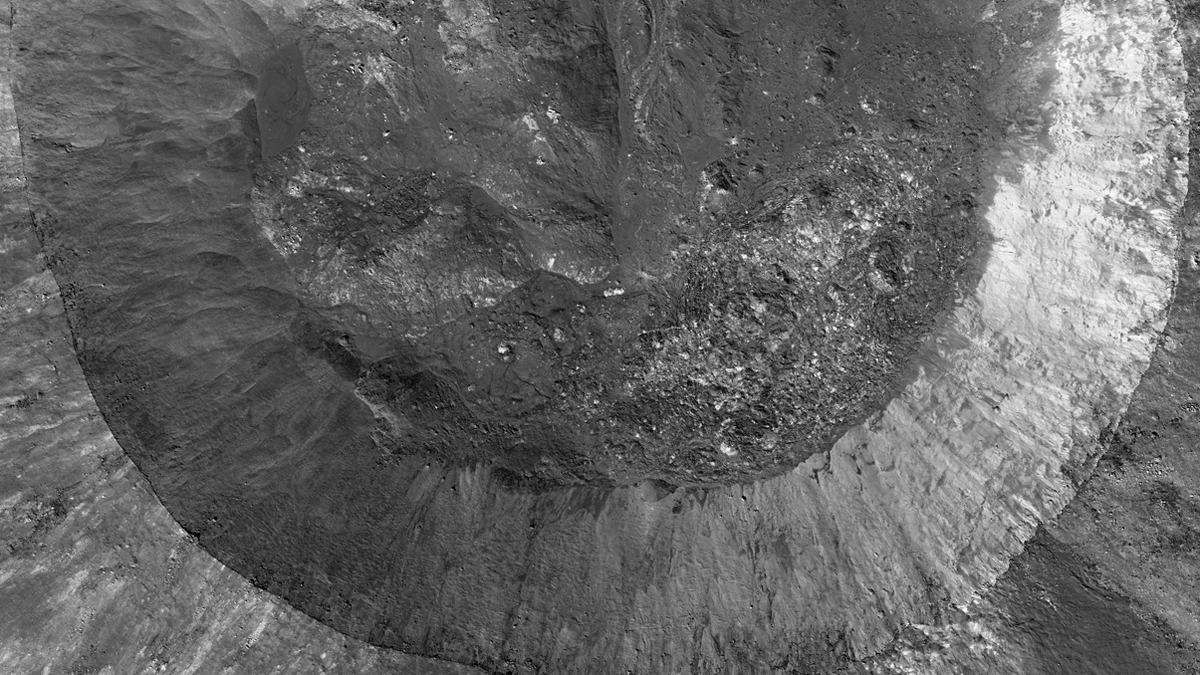For nearly a decade, a near-Earth asteroid called Kamo’oalewa has given rise to speculation about how it came to orbit the Sun in complete synchronization with Earth, as if it had a special relationship with our planet. A new study of the oddball may have figured out exactly where it came from: a young impact crater on the far side of the moon.
A team of planetary scientists from Tsinghua University in China have created a computer model to simulate the impact that may have led to the creation of Kamo’oalewa, an asteroid that has a similar orbit around the sun as Earth. The team concluded that an asteroid collision at the site of the Giordano-Bruno impact crater may have thrown part of the moon into space and formed the quasi-satellite. The studyPublished in Natural astronomysuggests that an upcoming mission to the asteroid could gather further evidence to support the hypothesis.
Kamo’oalewa, which means “oscillating fragment” in Hawaiian, was discovered in 2016 and was considered unique due to its Earth-like orbit. The small space rock measures about 131 to 328 feet (40 to 100 meters) and is the most stable quasi-satellite known. It is named as such because Kamo’oalewa orbits the Sun on the same time frame as Earth and is predicted to do so for millions of years, unlike other quasi-satellites which only remain in their Earth-like orbits for a few decades. As the scientists explain in their work, of the 30,000 known near-Earth asteroids, only “tens” of asteroids orbit the sun in the same orbit as the Earth.
Previous Research suggested that Kamo’oalewa may have come from the moon because it is made of similar rocky material. However, the new study goes one step further. By creating a computer model of the type of impact that would have created Kamo’oalewa, researchers were able to estimate the size of the asteroid that would have struck the moon, as well as the size of the crater in which that asteroid would have left its mark.
The researchers also analyzed samples of lunar material and found that the light spectra reflected from the samples and Kamo’oalewa were very similar. Kamo’oalewa is also thought to have formed between 1 and 10 million years ago, limiting it to relatively recent impact craters on the Moon.
Giordano Bruno Crater, located on the far side of the moon and 13.6 miles (21.9 kilometers) wide, is believed to have formed between 1 and 10 million years ago. It was considered an ideal candidate for exploring the origins of the quasi-moon.
The researchers hope that China’s upcoming Tianwen-2 mission, scheduled to launch in 2025 to collect samples from the asteroid Kamoʻoalewa, can help provide further evidence to support their hypothesis.
More: NASA’s asteroid samples could be crumbs from an ancient ocean world
